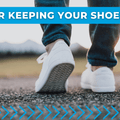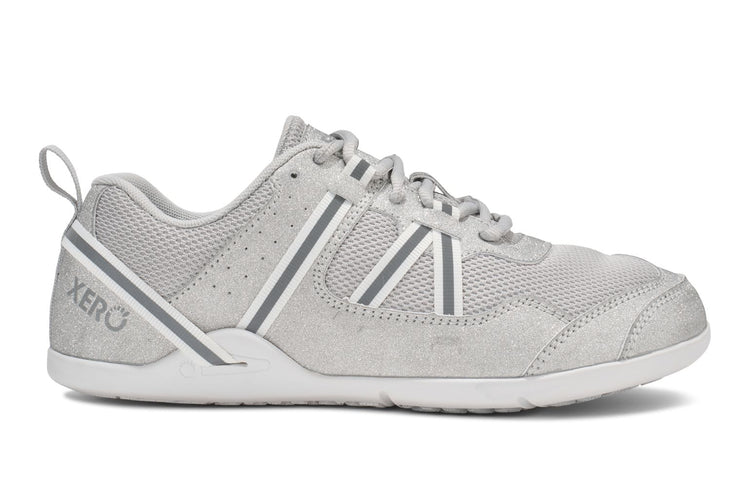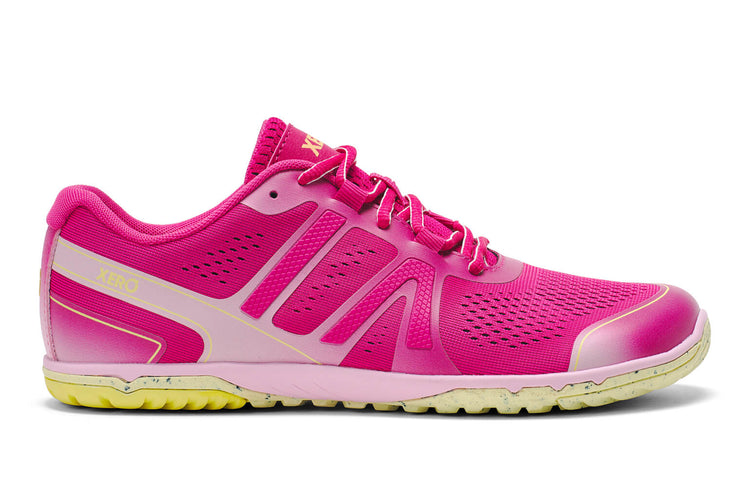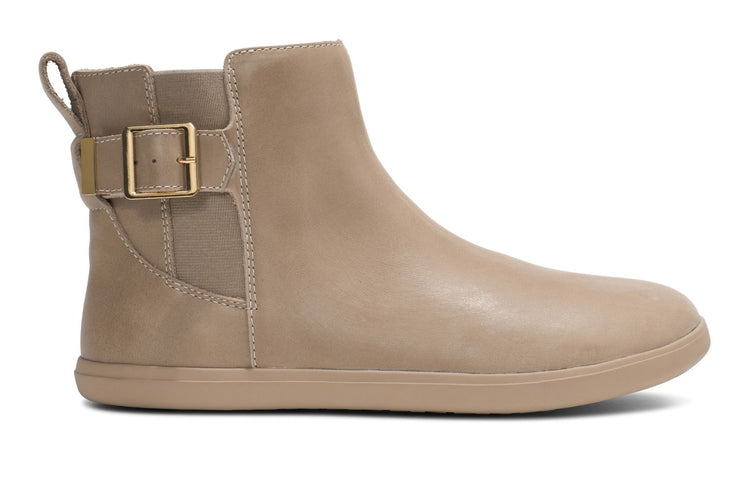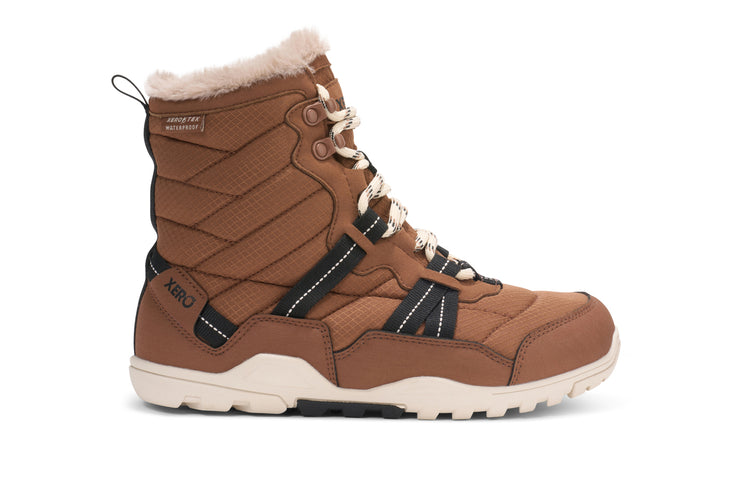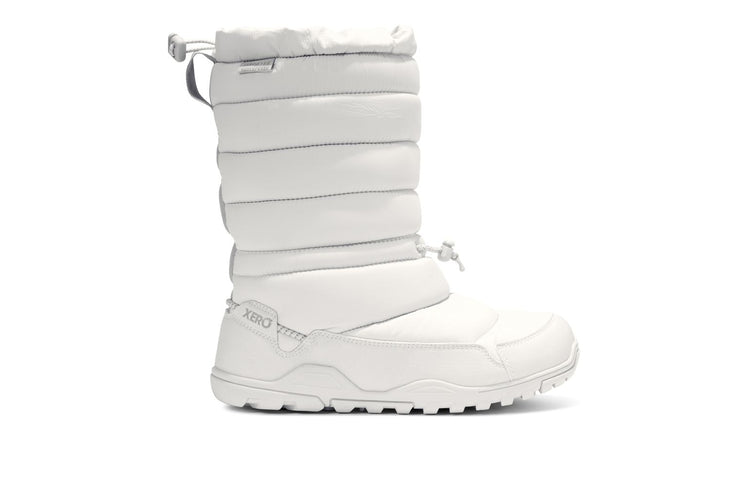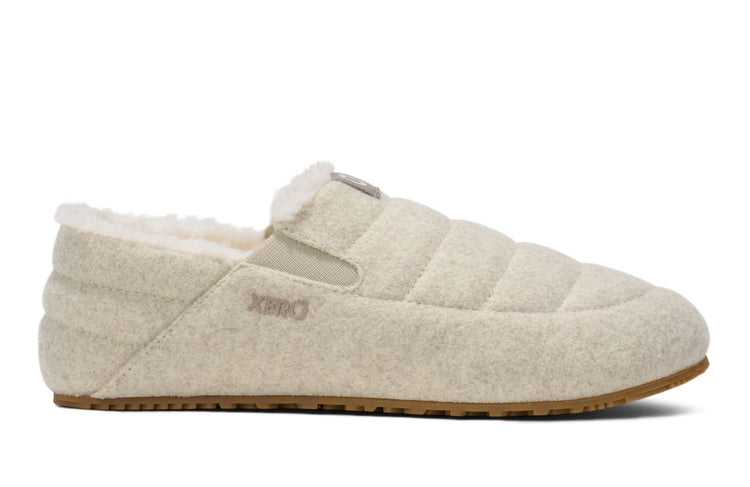“The Dream Shoe”: A Partnership with Xero Shoes & Born to Run 2 Authors
latest News
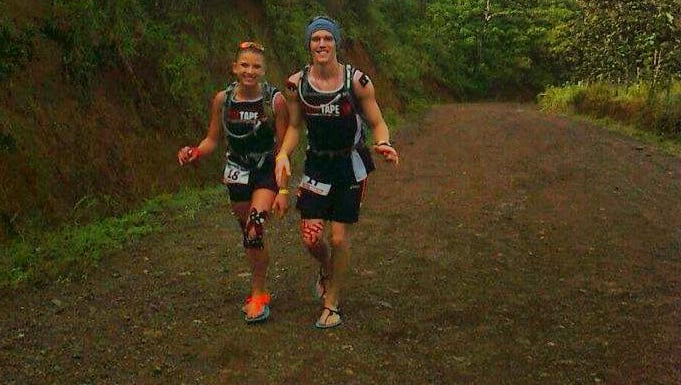
Running with the Tarahumara in Costa Rica
Want to run with the Tarahumara (the Mexican tribe featured in Chris McDougall's bestseller, Born to Run)? Well, if you can't make it to the Copper Canyon, or anywhere else for that matter, here's the next best thing. Ultra runners Jonathan Sinclair and Melissa Gosse went to Costa Rica for La Ruta 100k, arguably the hardest trail ultramarathon in the world. About a dozen Tarahumara runners were there and Jon and Mel got to spend the better part of a week hanging out and running with them -- as well as swapping huaraches and Xero Shoes, eating, drinking, and much more. They'll be sharing pictures and stories as well as giving great tips about barefoot running, minimalist running, ultramarathon training, and anything you can think to ask about. You can also click on this link to watch live video chat we had with them a few months ago.
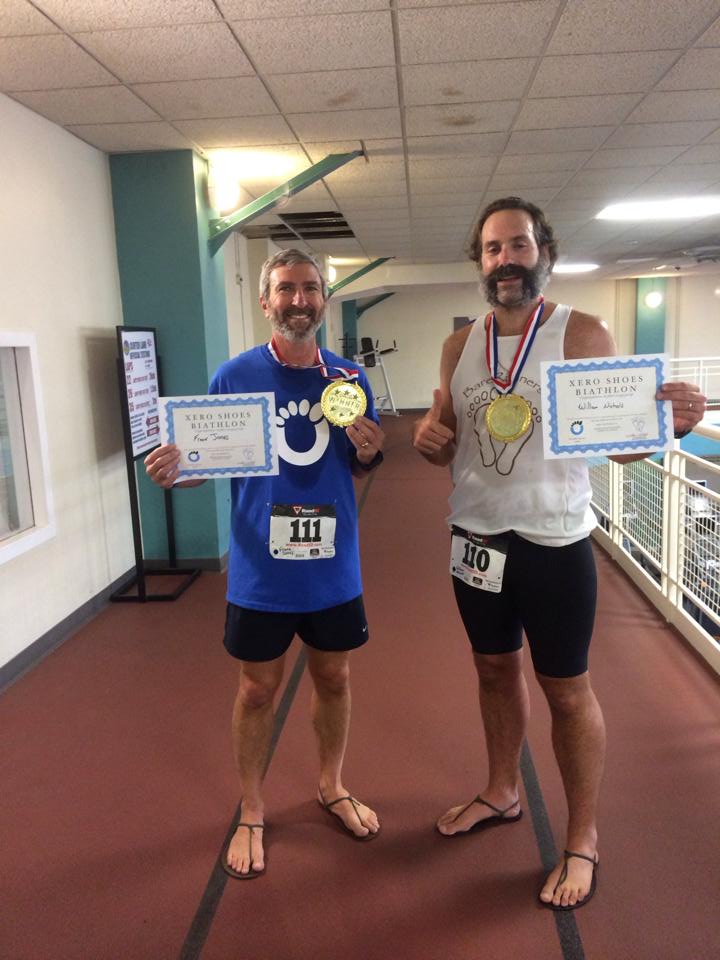
Minimalist Running and Riding - the Xero Biathlon
Want to run a race, but there isn't one scheduled?Want to tackle a biathlon (running and bike riding), but there isn't one in your neighborhood?Want to run barefoot or in minimalist shoes, but tired of people yelling, "You can't do that!" at you?Getting too cold for racing in barefoot-style sandals?Well, Frank Jones and William Nichols solved all those problems: They made their own Xero Shoes race!Here's the report:Inaugural Xero Shoes Bialthlon a Resounding Successby Frank Jones, Bare Runners News Scott Air Force Base, IllinoisAs they made their way to the medal ceremony, the sheer joy of victory remained etched in their faces. William Nichols and Frank Jones had just finished first and second in the Inaugural Xero Shoes Biathlon, sponsored by BareRunners.The event, which took place today at Scott Air Force Base, Illinois, was the brainchild of BareRunners founder, William Nichols. “Southern Illinois is a great locale for a variety of races and athletic events,” he told this reporter. “The goal of today’s race was to highlight and emphasize the healthy running benefits of minimalist running” or “barerunning” as Nichols and his fellow barefoot enthusiasts like to call it. To participate in today’s run, competitors were required to wear Xero Shoes. “The BareRunners love these shoes, and we encourage others to ‘feel the world’ with us!”, Nichols said.The Xero Shoes Biathlon was held entirely indoors at the Scott AFB Fitness Center. It began with a grueling five-mile sprint on stationary bikes. From there, it was a quick transition upstairs for a tough three-mile dash…52 mind-numbing laps around the indoor track! Spectators stood in awe as the competitors completed this epic battle. In the end, Nichols pulled ahead of Jones for an overall first-place finish. “I may have finished first,” he said, “but we are all winners!”Jones, a retired USAF colonel, and today’s runner-up, praised the event sponsors: “I'd like to thank [them] for putting on a great event!” He also credited his training partner, William Nichols, “for training with me, for always keeping me motivated, and for encouraging me to step out of my comfort zone.”Scott AFB Exercise Physiologist, Mr. Al Bromley, credits Nichols and Jones for the blossoming minimalist movement at the air base. “I see these guys every day, and I’m amazed at what they accomplish in these Xero Shoes!” he exclaimed. Bromley has been a strong supporter of the BareRunners, offering support and advice as more and more athletes kick off their shoes and run barefoot or minimalist.Congrats to both William and Frank for an impressive race!Here are some more photos of the triumphant duo.
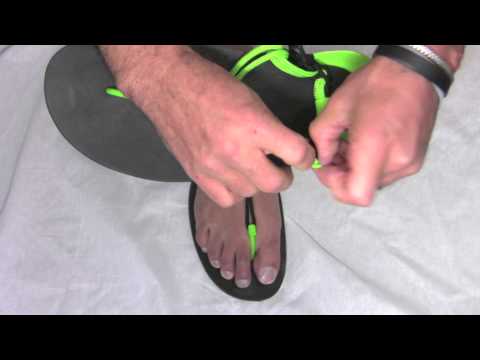
How to Adjust the Xero Shoes Sandals for a Perfect Fit
To get a just-right fit for your sandals, follow the instructions below. And if you need more help, feel free to reach out to our Customer Happiness Team at 303.447.3100 or support@xeroshoes.com For all of our sandals, you want to aim for "snug but comfortable." Z-Trek, Z-Trail and Naboso sport sandals Aqua Cloud and Genesis huarache-style thong sandals Veracruz sandal Shortening the laces on the Aqua Cloud and Genesis If you tighten your heel lacing and end up with "too much lace", you can shorten the laces by following these instructions:
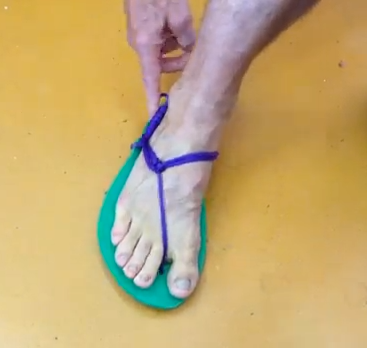
Barefoot Pat's Xero Loop Variation
Pat made a tweak to the Xero Loop style that you may like. His video is in French (with a couple of English words tossed in, like "slip on" ;-) ) First, a few tying tips and notes: Tying the Lace knot: This is the knot we most commonly use, especially with our 100% polyester laces. The "Lace Bead": This is the smallest "knot" you can make for your Xero Shoes. Tying a Figure-8 knot: If you have our original laces with the nylon core, you'll want to use this knot. Lacing tips: The basic running sandal tying pattern Barefoot Pat's Xero Loop Variation Notice that he also found it more comfortable to move the toe hole forward about 1/4"-1/2". This shows how flexible the huarache concept is; find what's best for you and enjoy! Step-by-Step instructions coming soon!
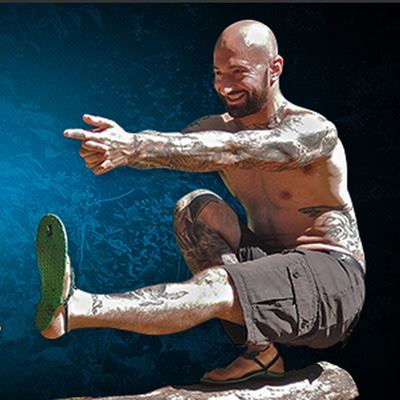
Fitness Guru Al Kavadlo chats with Xero Shoes
I met (online) Al Kavadlo over 3 years ago and was really impressed with what he was teaching and how well he practiced what he preached. Al has been a big fan of Xero Shoes, sending us photos of him running through the streets of New York, across the Brooklyn Bridge, and performing all manner of impressive bodyweight exercises in his Xeros. Al is a master of body weight training and has put together some of the best coaching I've seen on that topic... something that we both agree every runner could benefit from. We got together thanks to Google Hangouts to have a chat. We didn't have an agenda, and didn't prepare anything in advance, and I'm sure you'll enjoy watching this conversation with Al that includes: Strength training without equipment Best strengthening exercises for runners The link between barefoot running and bodyweight exercise Can you go barefoot in New York? REALLY? A new way to bring fun -- and fitness -- into your running ... and a lot more Let us know what you think in the comments below. And check out Al's fitness products: Pushing The Limits -- one of the best books on the essential bodyweight exercises I've ever seen. Great photos, and not just because so many of them feature Xero Shoes! Raising The Bar -- everything you can do with a pull-up bar (it's a LOT). If you're more visual, then check out the Raising the Bar DVD. Progressive Calisthenics Workshop -- based on the principles in Convict Conditioning, a classic in the bodyweight strength game.
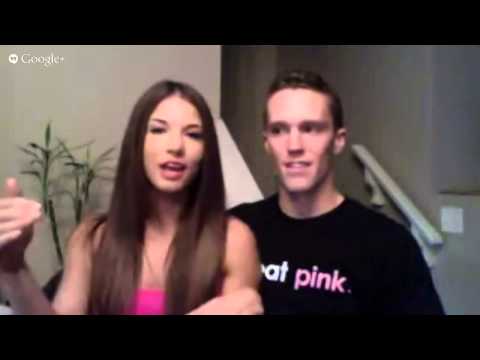
Barefoot running on Youtube - A webinar with Jon and Mel
Think you can't run an ultra-marathon? Well, think again.Maybe your limitations aren't what you imagine them to be.I just had a great chat with ultra-runners, Jonathan Sinclair and Melissa Gosse that I know you'll love, whether you ever plan to run an ultra or not.Watch the webinar and you'll learn: Do you need to do 100s of miles per week to train? What's the roll of cross-training? How much of distance running is physical vs. mental How do you deal with the mental challenges of ultra-running What diet Mel and Jon have found that helps with their training and recovery Why they run in Xero Shoes (and when they don't!) The value of barefoot running... at any distance ... and a LOT more Share what you think of this interview in your comments, below.
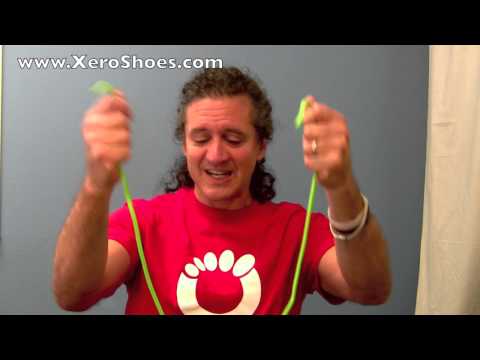
Get Xero Shoes for free (better than a coupon ;-) )
Even though Xero Shoes cost MUCH less than any similar product, especially with our 5,000 mile sole warranty, I know that for some people the price of Xero Shoes is more than they have. Well, here's a way you can get a pair for free ;-) Let us know how you do with this "magical technique." And if you know some other similar ways to get Xero Shoes, make a video and show us! ;-)
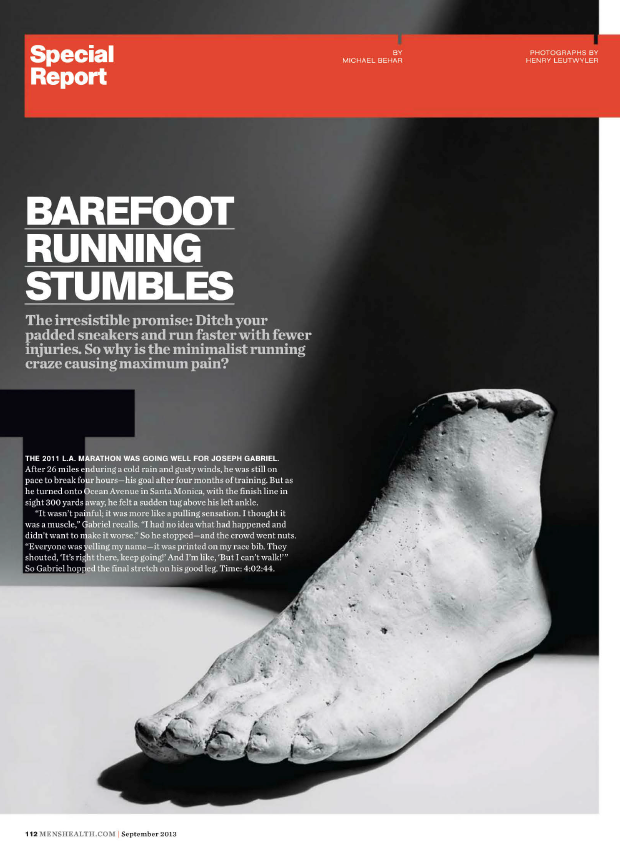
Men's Health Barefoot Running Article ... more of the same
The recent "Special Report" in Men's Health about barefoot running has inspired me to help you make a career change. You, too, can write an article about barefoot running that will appear in a major newpaper, magazine, or television show, if you do the following. Ten Steps to writing a popular barefoot running article Open with a headline suggesting that barefoot running is evil or dangerous. Ideally, use some pun about feet, or running that if the reader only saw the title, would suggest that there's no value in ever running in your bare feet. Even if your article ultimately supports barefoot running, make sure the headline suggests that taking off your shoes could lead to injury, illness, and tax audits. Follow with a sub-headline that includes a "straw man argument" about the perils of not wearing $150 running shoes.A straw man argument is one where you introduce a position that nobody holds, or nobody of any import holds, and then attack that position. For example, I don't know of any barefoot running authors or coaches that say "You'll run faster in bare feet," so the straw man argument is to say that barefooters make that claim, and then attack that claim. Similarly, a recent survey I did with barefoot coaches showed that none of us ever suggested that running bare footed was more efficient, yet many articles and even university research is now "debunking" a claim that was never made. Start with a story about someone who switched to barefoot running and got injured, and then claim that it was being barefoot that caused the injury. Ignore that 50% of runners and 80% of marathoners get injured every year. Conflate "minimalist" running with "barefoot running" and talk as if a zero-drop pair of shoes with 1" of foam is the same as running in your bare feet. Also, ignore that most "minimalist shoes" are about as minimalist as a pair of stilts. And forget that prior to 45 years ago, when the first running shoe was invented and sold, all shoes were minimalist. Quote doctors who say they're seeing more and more patients who are injured due to running barefoot. Make sure these doctors have never run barefoot in their lives. Ignore statistics: Doctors will see more patients with injuries when more people are trying something (doctors made the same claims 40 years ago when running shoes became popular and you can find articles saying that running is bad for you!). Doctors don't see patients who aren't having problems. Don't explore the doctor's statements too closely so you don't have to discover that these same doctors typically don't ask, "Are you running barefoot or in minimalist footwear," nor do they say, "Let's take a video and see if your running form could be a problem." Don't include any stories from the myriad people who've taken off their shoes, switched to barefoot, and been able to run pain-free for the first time in years. Definitely don't include stories from elderly people who have regained their balance once got out of orthopedic shoes and started using their feet again. Include some pro-barefoot info, but don't be TOO pro-barefoot. Keep the pro-barefoot info until later in the article so that if people stop reading they'll be left with the horror stories of running without motion controlled shoes. Ultimately, recommend minimalist shoes so that you don't anger footwear ad-buying companies. Suggest that switching to barefoot will be an arduous, massively time-consuming process that, maybe, will have some benefits... but probably not. To be fair, the Men's Health article is better than some. It does include some info about transitioning, even though it succumbs to the idea that you need to get a lot stronger, rather than focusing on using less effort/energy. And, I understand that if you want to sell magazines, television time, or eyeballs, it's helpful to be controversial. But there are ways to be controversial that inspire conversation and investigation, and ways to be controversial that encourages less thinking and reason. Even though, when considered in it's entirety, the Men's Health article isn't really anti-barefoot, I'm willing to bet that I'll get emails and calls from people who only read the anti-barefoot headline and first page and tell me, with a certain better-than-though feeling, "Well Men's Health said being barefoot is bad for you!" The content of this post does not constitute and is not intended to be a substitute for professional medical advice, diagnosis or treatment. Always seek the advice of a physician or other qualified health provider with any questions or concerns you may have about your health or a medical condition.
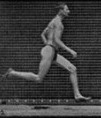
Become your own barefoot running coach
I had an intense sprinting workout 2 days ago, followed by an even more intense weight lifting workout and this morning I can barely walk. Even more, I did a minor tweak of something in my ankle which I'm noticing as I walk on my treadmill (I have a treadmill desk). As I'm walking, I have to experiment and make minor changes to my gait in order to walk with proper form and pain free.This reminded me of an old joke:"Doctor, it hurts when I do this.""Well, stop doing that!"While this is an old joke, it's important barefoot running lesson, namely:If it hurts, STOP DOING THAT.Remove the following thought from your mindFor decades now we've been told things like "No pain, no gain" (I'm assuming you remember the running shoe company that first told you that).(BTW, I'm no conspiracy theorist, but if I sold a product that contributed to injuries the way that running shoes seem to, I can't think of a better way to convince people to use my product, despite the effects they may have been experiencing when using it.)But, back to the point... When it comes to barefoot running (and walking, and hiking, and anything else), the most important skill you can develop is the ability to be your own coach. And the most important coaching skill you can learn is to experiment with different movement patterns.When it comes to running barefoot, the odds are high that if you're doing something that hurts you're doing something incorrectly. And the way to make things stop hurting is to do something differently.Becoming your own barefoot running coachWhat are some of the kinds of hurts I'm talking about? Sore calves Sore Achilles (sore anything, really) Blisters Callouses Stubbed toes Abrasion between your toes, on top of your foot, or around your heel (if you're wearing huaraches). If you're wearing huaraches running sandals, there are some "injuries" to the sandals that "hurt", like: Wearing away the toe knot Breaking the toe strap above the knot Breaking the strap by the outside ankle hole All of these can be corrected by doing something differently, by changing your gait, or your thinking.What kind of changes are we talking about? Don't reach out with your foot (overstriding), but place your foot under your body as much as possible. For some people, you'll want to try to have your feet land behind you (you won't be able to, but the cue will move your feet further back). Barefoot Ken Bob has a great line: Move your torso forward and have your feet try to catch up. Another tip for doing something different than overstriding: pull your toes up towards your knees slightly, just before you land... some people overstride by reaching out with their toes. Don't push off the ground with your toes/calves, but LIFT your foot off the ground by flexing the hip. Don't think of your foot as something you "land" on, but as something that skims across the ground at the speed you're moving. Try a different surface -- smooth hard surfaces are the best for barefoot running because they give you the most feedback about your form. But if you're on a surface that hurts to run on, try a different one. Do shorter runs. Give yourself as much time as YOU need to learn proper barefoot technique. There's no magic number of days or weeks that it'll take. It's different for everyone. Start with short runs, really short runs... like 200 yards. Pick up your cadence. Move your feet faster, without running faster. Experiment with different speeds. Some people say you MUST run at 180 steps per minute. It's not true; that's not a magic number. But the odds are good that you'll want faster turnover than you're used to. In the cold, do "loops" instead of runs. Your body can handle cold better than you think, especially if, instead of doing one long run, you go out until your feet are cold, come back and warm up, and repeat. Try landing on your feet in different ways. You're not required to land on the ball of your foot. Midfoot might work better for you. Flat footed might work better. How you land when you're going uphill may be different than downhill. Fast may be different than slow. Many of these are overlapping. If you don't overstride, you won't have to pull your foot toward you. If you speed up your cadence, it's harder to overstride and harder to use your calves too much.Do the mathMany of the problems described above are related to these equations:Excessive friction causes abrasion. Abrasion causes blisters or lace wear. Excessive friction is unnecessary for running barefoot.Using muscles more than necessary causes soreness. You can run barefoot with less muscle tension than you think.If you look at the feet of accomplished barefoot runners, you won't find blisters or callouses. If you look at the bottoms of the sandals of accomplished barefoot sandal wearing runners, you'll find no abrasion on the toe knot or the ankle hole areas.If you tested barefoot runners for calf strength, they're typically not any stronger than the average non-barefoot runner.Did I mention: Have Fun!Perhaps this is the most important coaching tip you can give yourselfIf you're not having fun, do something different until you are! Run like a 3 year old for a while: let your head lead you, let your arms flail, run in circles and sweeping arcs, make noise!I often have this thought going through my head as I run: "What can I do to make this lighter, easier, and more fun?" Give it a whirl.Good to greatA good coach can give you a workout to follow.A great coach will adjust the workout, moment by moment, based on reality.Feeling good? That'll change things.Feeling tired? That'll change things.Different location, elevation, weather? That'll change things.Let yourself become a great barefoot running coach.And let us know how it goes! Quick update: The evening after writing this post, Lena asked me, "How's your ankle?""What do you mean?" I replied."You wrote a post that said you tweaked your ankle.""Oh, right," I said, remembering. "After an hour of experimenting with how I was walking on the treadmill, it must have fixed itself, because it's fine now."The content of this post does not constitute and is not intended to be a substitute for professional medical advice, diagnosis or treatment. Always seek the advice of a physician or other qualified health provider with any questions or concerns you may have about your health or a medical condition.
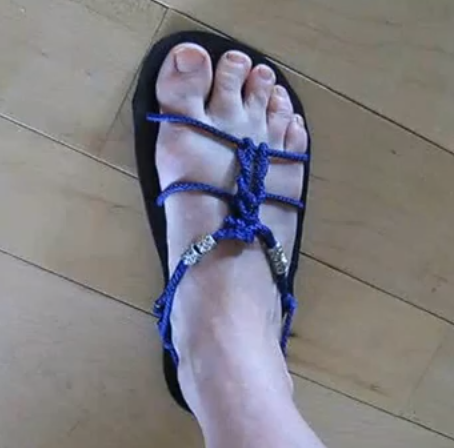
Ande's Blinged out Tying #1
Ande has a fun, funky no-toe, no-thong tying style.(Actually, she has two, and this is the first).Note the added bling with beads
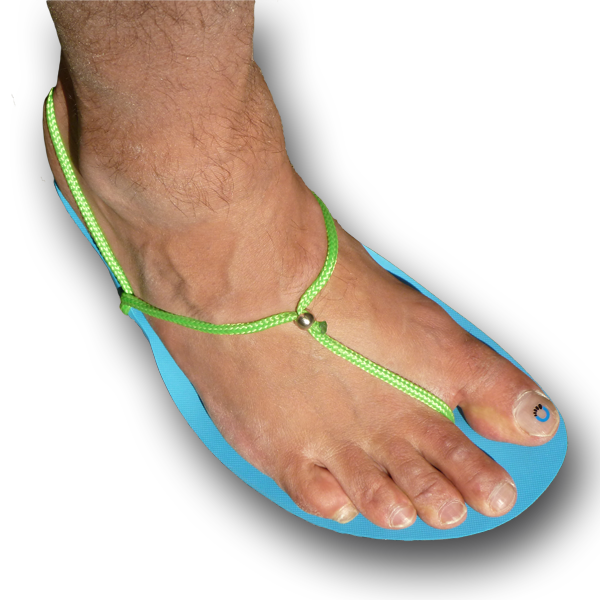
Uber-Ultra Minimal to the Max
Okay, it doesn't get more minimal than this (hence the name).Arguably, this is even more minimalist than the Ultra-Minimalist Hitch since there's no knot.Our first customer service manager, Bill Babcock, came up with this idea, and he uses it for running 100+ miles/week.To make this style, you'll need 2 "Crow Beads" (available at any craft store):First, a few tying tips and notes:Tying the Lace knot:This is the knot we most commonly use, especially with our 100% polyester laces. The "Lace Bead":This is the smallest "knot" you can make for your Xero Shoes. Tying a Figure-8 knot:If you have our original laces with the nylon core, you'll want to use this knot. Lacing tips:The basic running sandal tying patternUber-Ultra Minimal to the Max StyleStep-by-Step instructions coming soon!
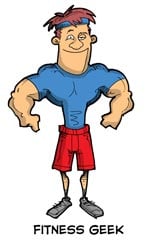
Get Stronger. Run Faster.
I'm a total fitness geek. I'm always on the lookout for a new workout, a new exercise, a new challenge. I'm also an efficiency geek. I like things that give the maximum bang for the minimum buck, if you will. And, I'm a sprinter, so I pay the most attention to anything that will make my glutes, hamstrings, calves and abs stronger. Really, all runners, not just sprinters, should do the same. In fact, all the elite runners that I know (and, here in Boulder, there are a LOT that I know), also focus on strengthening those same muscles, the prime movers and the core stabilizers. About 3 months ago, I stumbled on a workout designed by Chad Waterbury. His new workout promised big strength gains in specific body parts -- you can pick which one to focus on; my interest was glutes/hamstrings -- with ultra-short workouts that you can do at home. While I've followed Chad for a while, and like his work, I wasn't in the mood to buy his new program... until a month ago when I realized I'd been so busy at work that I had been neglecting my training. And I thought that, hey, if the program didn't work, I could get my money back anyway, so why not? Here's the short version of what I did: a) I cheated and focused on 2 body parts at once -- glutes/hamstrings and calves b) I did 2 workouts every day for 28 days, following his planb) Each workout had only 2 exercises (because I was cheating, remember?). One was a body weight exercise. The other required some kind of weight (dumbbell, kettlebell, barbell... maybe a jug of water depending on your strength).c) Each workout took about 3 minutes... so I was working out for a total of 6 minutes a day. Maybe 7 on a bad day.d) I usually did one workout when I got to my office, and one before I left... but sometimes I did my second workout at home. What happened? I got stronger every day! By the end of the 28 days, I was able to do twice as many reps of each exercise compared to day 1. My measurements changed. I'll confess: my butt got 1.5" bigger (women, don't worry, that's a testosterone thing). I'll also confess that Lena noticed, and liked the change ;-) I got faster! And at the end of the 28 days, my 100m time went down by .3 seconds... even though I've done ZERO training on the track during that time. Last week, I ran a 12.2 (I'm 51), and I know that when I spend a bit more time actually RUNNING, that time will drop... which will give me a new personal best. I now have an urge to workout that's stronger than it's ever been, which feels GREAT. I look forward to a new challenge in a way that I haven't felt it years. I know I can get even stronger. And leaner. And faster. So, I started the advanced core workout yesterday and, after a few days of rest, I'm doing another round of glute/ham work. I'm a snob You may know that I very rarely recommend other products. I'm extremely picky. Perhaps a bit snobbish, even. Well, Chad's HFT (High-Frequency Training) has my recommendation. Check it out, click on the image, below:



